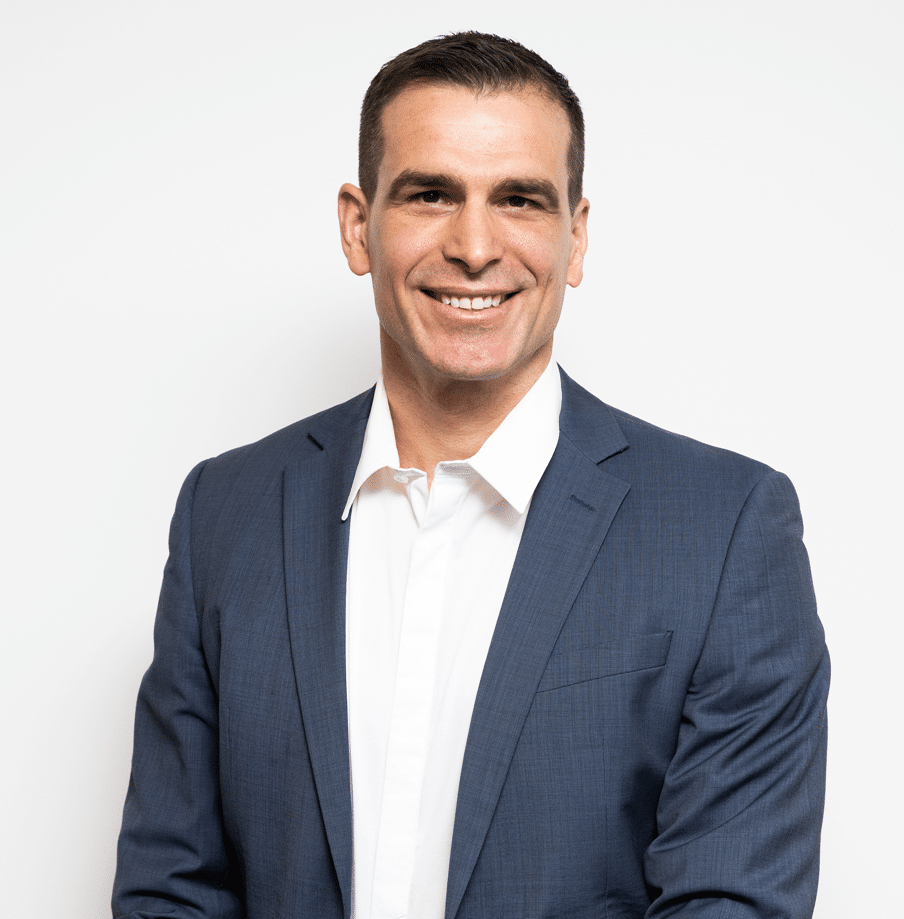Liberty IT Consulting Group is an Australian IT company. Liberty services the banking and finance sector and specialises in transformation Project Management. Key areas of focus are core banking, digital, integration, migrations, cloud, project quality assurance, project governance, advisory, and project recovery. Liberty’s business analysts, project managers, directors, PMO professionals, engineers, and agile practitioners are the finest in their field.
Visit us at https://lnkd.in/gZ7FeqkJ for all your technology needs and let us be your solution implementation partner of choice.
TRINA: Core banking on the cloud? So, generally speaking Australia’s FSI’s have been a slow adopter of cloud, so good segue after yours (question) Theo. Some organizations are years ahead of others but many have a lot more to do to capitalize on the benefits of cloud. Moving core to the cloud or building for the cloud seems to be gaining popularity. What are your thoughts on migrating to the cloud or building or buying systems designed for the cloud?
CHRIS: So, the first thing I would say is … cloud, absolutely has to be in your strategy in IT. I mean, when I first started working at CBA, they had their own mail men … men inside the organization. They’d have given up the tea ladies by that point. But… but they had their own mail men. Now, you have a courier… everything else. So, running your own IT, running your own data centers, made sense when nobody else was doing it. One of our, one of our banking customers… we went to the U.S. to visit one of the hyper-scalers and that hyper-scaler had more people involved in security than that bank and I had in IT. So anybody who suggests to you that ahmmm… well, maybe it’s not as secure as what we run ourselves… that’s wrong. So, there’s so many of these examples and …if I look, forget about the big end of town, we’ve got, we’ve got three customers in Australia, running Cloud for banking product that are all hosted in the cloud but they don’t even know where it sits. They don’t need to know. They just want a banking application that works. They don’t need to know all the other pieces. They’ll tell you how often it needs to be running. And when it’s allowed to be down and when it’s not allowed to be down and that’s all they need to know about the technology because they are Bank, not a technology company. And, I think with anything, if you can specialize in what you do best, and get somebody who’s better at that, then I think that’s the ideal solution. So, always look for somebody who’s better at doing those things than you are … and it’s not without its pain. We’re working with one of our larger customers and just trying to figure out how to get the data out of their Data Center and into the cloud over a short shutdown window will be challenging, but it’s got to be done. That’s what I would say.
ERIC: I would concur as well. I would also say there’s a methodology to get there as well, right? And I usually tell people don’t start with core banking, right. All banks have a lot of different types of applications in their ecosystem and if you’re newer to the cloud …most banks do have strategies these days but many of them have not implemented a lot of that strategy, yet. So, do not start with your core banking system by the way. Let’s look at the five or six hundred different systems that surround that core banking system or the ancillary systems beyond that. Start with that. Learn from that. Get used to the environment. Because, it is a fundamentally a different environment to what they’re used to today. Make that core banking system maybe middle or end of that journey because, I think there’s also something else to think about; we have to be able to scale. And what I haven’t seen yet, is a full-blown Tier 1 banking system running in the cloud that supports 100 million plus accounts, right? I know it’s possible. I know we’re going to get there but it’s not the first thing you do out of the gate. So again completely agree, got to have a cloud strategy you got to get there but find your way there slowly. Make the steps you need to take, to take the applications that aren’t super critical. Get them there. Get used to it. Get your IT staff understanding, who they call, who their contacts are, what the security measures are around that and then start looking at your core banking system. So, the methodology is just as important as the strategy to get there.
CHRIS: Yeah… and on that, one of our customers did move while they had targets to move by servers and they ended up moving all the easy things which makes sense, but then 50% of the remaining servers was the core banking system so, but they did that as well. So yes, makes sense.
ADRIAN: Can I have a minute on the cloud? All right, I think with Cloud … so, I work for FIS and my, my baby, is to bring our Cloud native software as a service, Cloud solution, deployed on the public Cloud to market. I think the appetite is there to do that! I totally agree with the comments around starting small. I think, a lot of banks over the last 10 years have put a lot of those ancillary systems. I used to work for Salesforce as well. And you know, a lot of banks moved to Salesforce five six seven years ago to put on the cloud. I believe banks are ready to move to the cloud. I think Chris made the point. Banks want to focus on banking; they don’t want to focus on technology. When we’re talking to banks, if the first thing they ask is what’s under the hood and how that works frankly, it’s the wrong bank to be talking to about moving to cloud. And to my earlier point around partnership, it’s finding the banks that actually want to move. There are a lot of banks out there that want to move to cloud and the appetite is there. We’re seeing that globally. I agree with Eric’s point, maybe not moving 100 million Accounts at this moment in time. But, a large number of banks are moving significant volumes to the cloud and we will see that over the next two to three years that you will see banks running 10, 20, 30, 40 million accounts on the cloud.
Audience member: My question’s about cloud and running multi-cloud with salesforce and your payment systems, and your core banking system sitting on multiple clouds. I mean, how do you think about running a reliable system across multiple vendors in Cloud providers?
ADRIAN: I think, it’s around segregation of what those cloud vendors are actually doing. I mean, if I, if I think of… will use the Salesforce and the core example. Delineation of the role of the solution say… I’m not here to bash Salesforce but for example, is Salesforce a CRM system or is it a customer master? and what function should it be performing and how those functions be then working with the core? If you don’t look at the core, is the core going to be the master of product? Is the core going to be the master of customer? how those services are exposed out? I mean, these are the things that you need to consider in the overall architecture. I think the role of … the role of the core … yeah, it’s fundamentally going to be the system of record, it’s fundamentally going to own the customer process, the product and pricing process, how those services are exposed out and then those services around it, albeit that they’re going to be deployed on different Cloud other than going to consume those. I think how we architect those together is difficult. Don’t get me wrong, but I think fundamentally it’s around looking and deciding around the delineation of what processes are where.
THEO: Just want to add to that. I think when we talk in terms of multi-cloud, it’s a reality of today, right? As I said, we’ve done, there’s hardly any deployments we’re doing which is not multi-Cloud. We do integrate into multi SaaS providers, externally, as well as internal sort of platform. That’s also deployed on proper Cloud architecture. So, I think it is more the management tools. But also, how do you, how do you deal with latency and redundancy in a multi Cloud environment? So I say there is a lot of benefits that it brings. But, it’s also a lot of Technology challenges that it brings as well. That comes back to your proper Cloud architecture design as well. And I think, one of the things that we’ve learned as well is to make sure that your big cloud providers, whichever you run on, is all… get them around the table to actually make sure you actually build a high availability, scalability. But also a robust system that actually can withstand anything that’s been thrown at us. The other part is also your management side. It’s how do you run your management toolset on the admin. At the end of the day you don’t want to run multi-cloud operations; you want a single toolset or a single label to actually run your cloud underneath it. You shouldn’t worry about what’s underneath it. I think that’s part of that… and that is cloud design strategy in terms of management and operational tools to manage to make it successful. But from our perspective is that is standard run …that standard going forward is that you’re going to run multi-cloud architectures.








